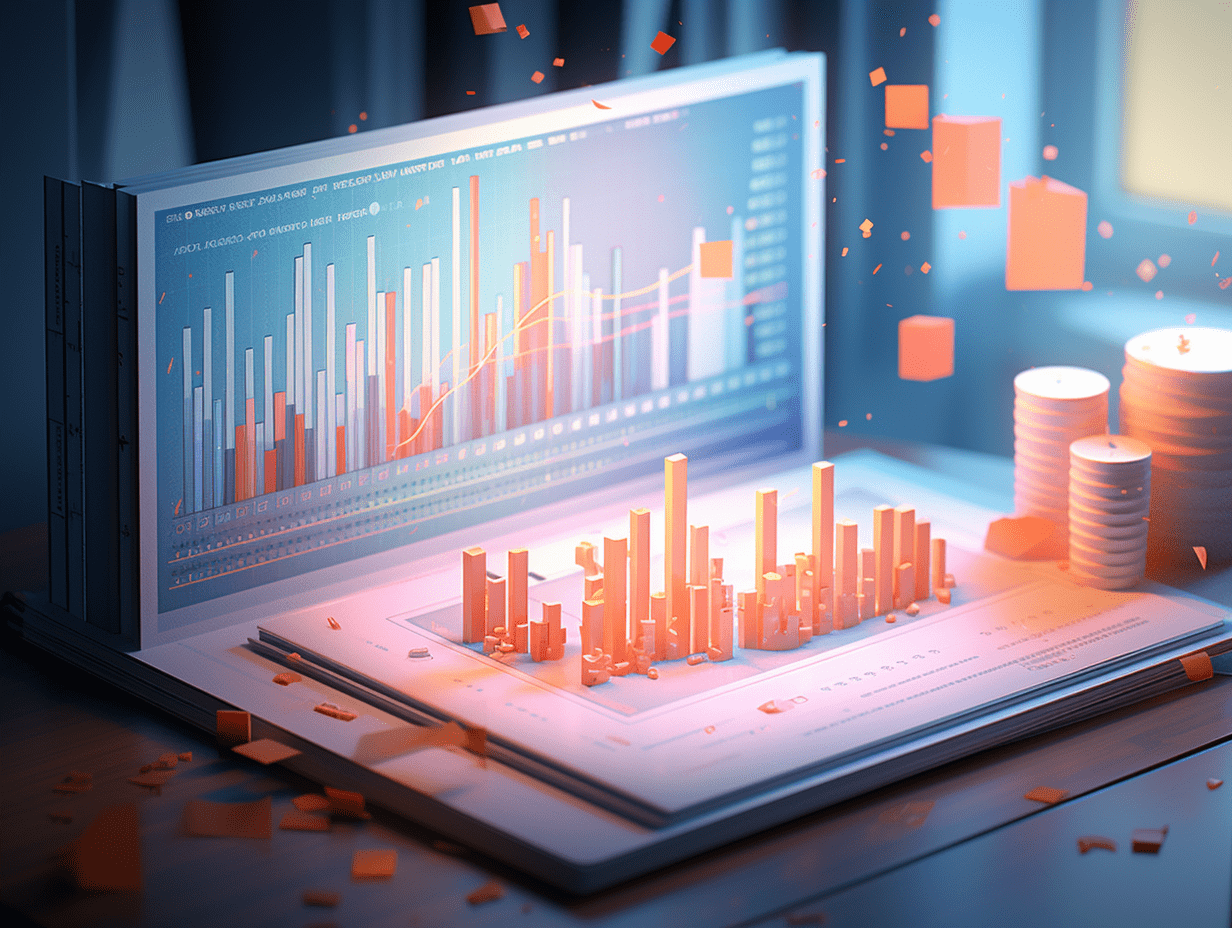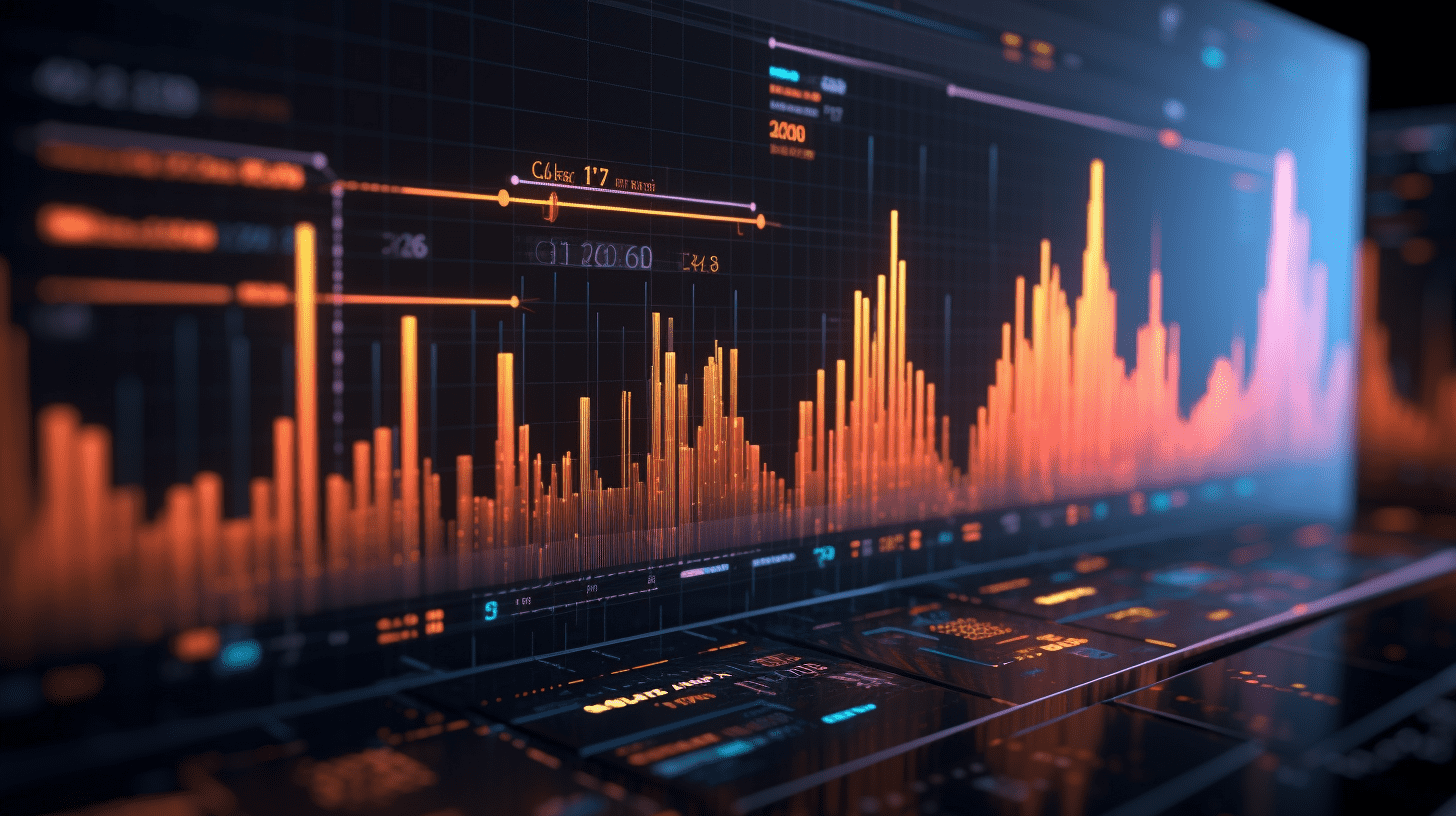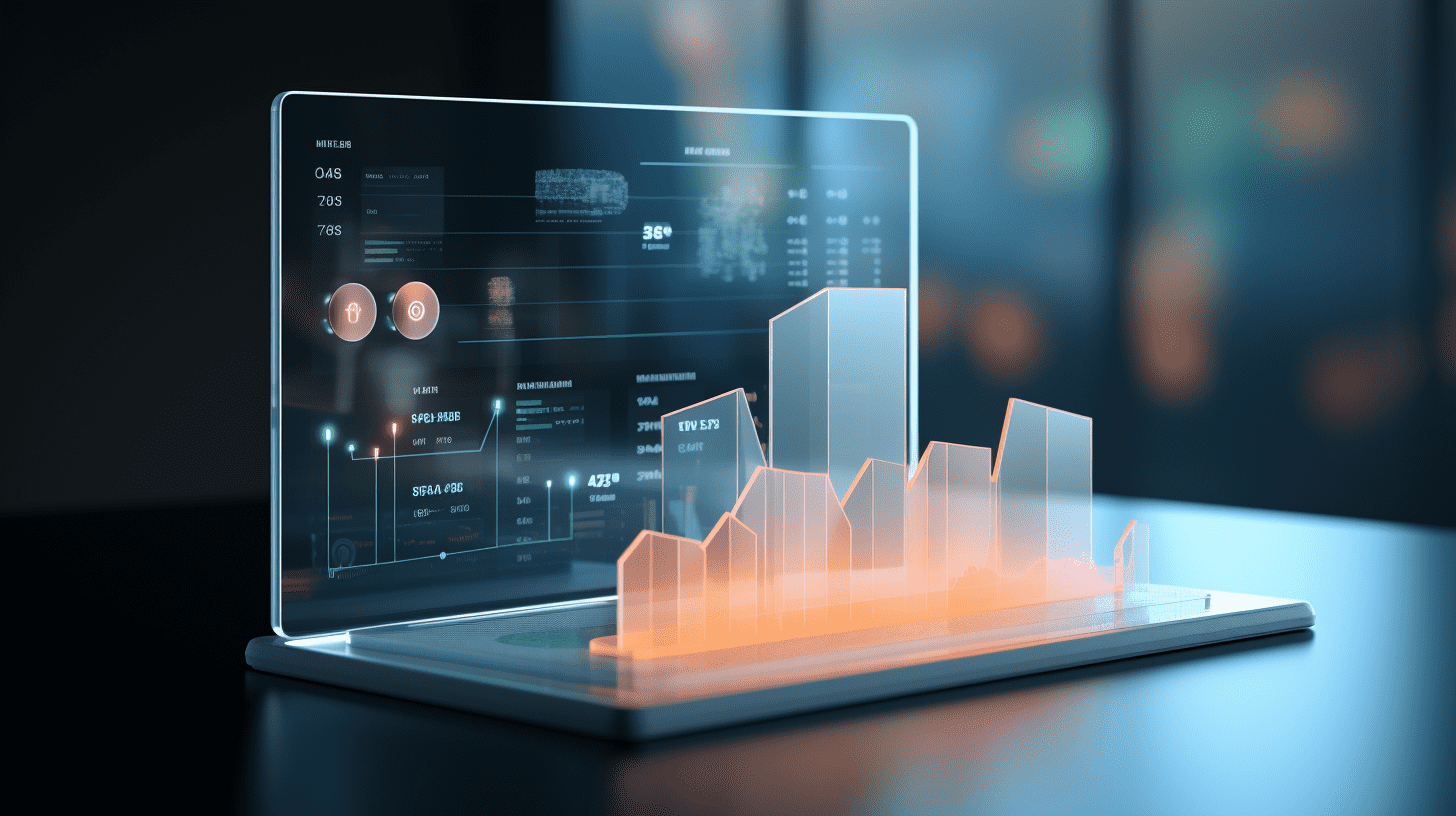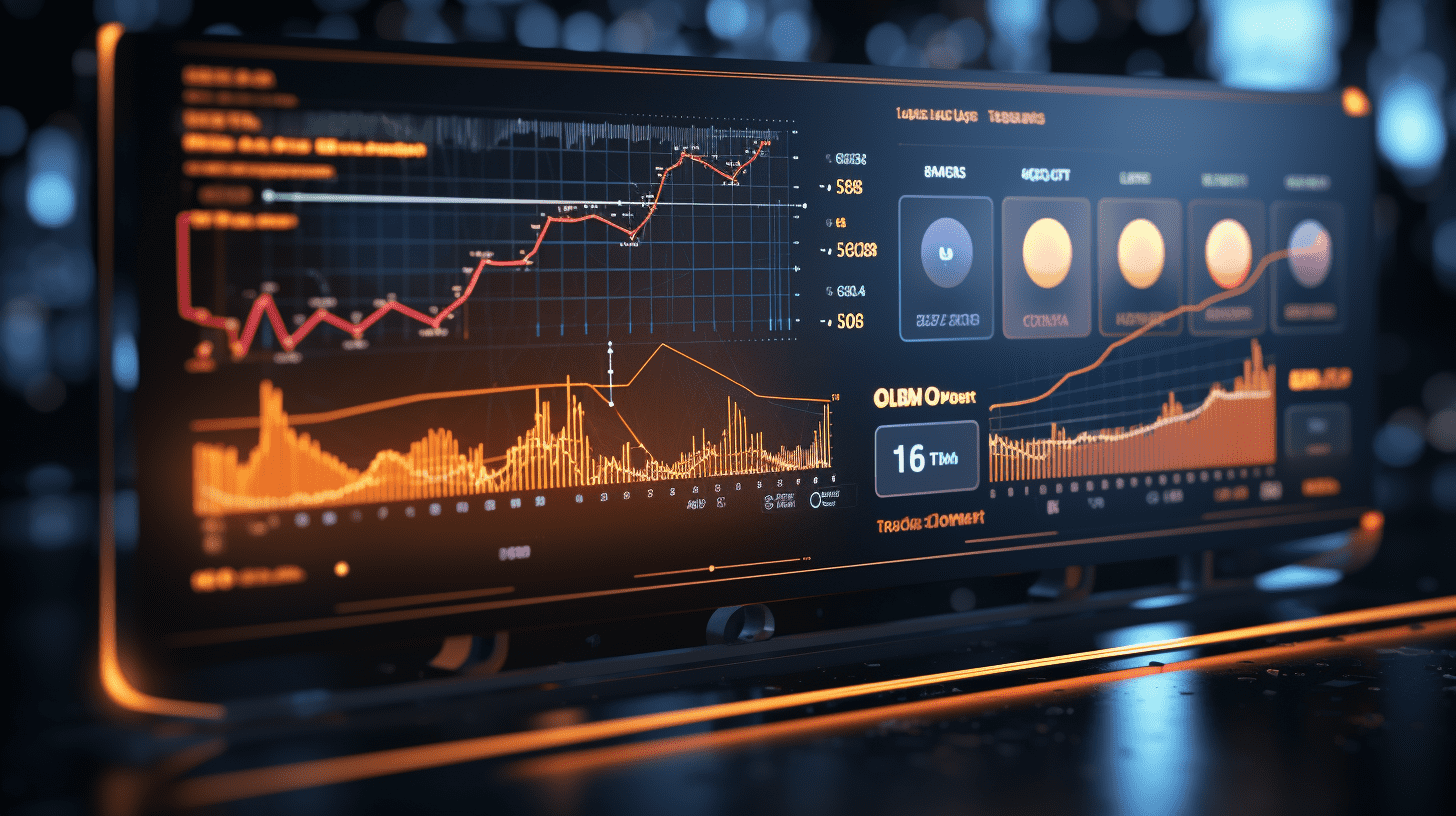After the crazy surge in gold prices, is it now platinum's turn? China's demand soars, with platinum imports in April reaching the highest level in a year.
In the month of April, Chinese jewelry merchants and investors saw an expansion in demand, importing approximately 11.5 tons of platinum, the largest amount for the past year. This was due to platinum's relative stability compared to the constantly rising and fluctuating gold prices.
The unexpected surge in demand for platinum by Chinese jewelers and investors has led to the highest level of platinum imports in China last month in a year. This precious metal, which combines both hedging and jewelry manufacturing properties, has seen long-term price stagnation in recent years. However, with the surge in gold, another hedging and decorative metal, reaching a record high of $3500 per ounce, platinum is expected to follow suit and experience a new wave of strong price increases.
Amidst the sharp fluctuations in gold prices, platinum is becoming more attractive due to its relatively stable prices, making it more appealing for investment and jewelry purchases. The shift towards platinum jewelry by consumers and jewelers can be attributed to the decreasing sales of gold jewelry last year, mainly due to the high and volatile prices of gold. Businesses engaged in gold jewelry have been transitioning to platinum jewelry products, leading consumers to favor platinum more. Traders are also turning to this more affordable precious metal for hedging. Furthermore, the growing demand for platinum may deplete the already dwindling platinum inventories, leading to tight market conditions in June and July, pushing up platinum prices. So far this year, platinum prices have increased by 10%.
According to statistics released on Tuesday, the largest platinum consumer in the world, China, imported 11.5 tons of the metal in April. Analysts at Bloomberg Intelligence predict that platinum, which is widely used in jewelry and investment as well as in automotive catalytic converters and laboratory equipment, may see a demand exceeding supply by 2030.
This trend is particularly evident in the Shuibei market in Shenzhen, the hub of the Chinese jewelry industry with over 10,000 jewelry retailers. The deputy general manager of a large retailer in the market mentioned that in the past month, the number of retailers specializing in platinum has doubled.
"Some gold processing workshops are now also trying to tap into the increasing demand for platinum," the deputy general manager said. "But this transition is not easy because the requirements for working with these two metals are vastly different." She added that platinum processors and manufacturers are currently overwhelmed with orders, leading to an unprecedented doubling of wait times for retailers.
Platinum appears more attractive amidst significant fluctuations in gold prices
The Asia-Pacific director of the World Platinum Investment Council (WPIC) stated that since the sales of gold jewelry have started declining due to high prices, businesses are reevaluating their jewelry sales strategies.
"Businesses that have long been engaged in gold jewelry are shifting towards platinum products because gold prices have become too expensive and volatile after a sharp increase," the WPIC Asia-Pacific director said. He will be attending this week's annual "Platinum Week" event in London, where commodity traders, miners, and analysts will come together. "The addition of platinum, a precious metal, balances the one-sided risk exposure and extreme price volatility of gold."
The surge in platinum demand in China is a recent phenomenon. In the past 12 months leading up to April 30, total platinum imports into China actually decreased by 31% compared to the previous year.
WPIC statistics show that in the first quarter of this year, demand for platinum bars and coins in China more than doubled, making China the world's largest retail investment market for platinum, surpassing the North American market.
The World Platinum Investment Council recently stated that total platinum supply in 2025 is expected to decrease by 4% year-on-year to 218 tons, the lowest level in five years, reflecting a shrinking supply trend. The council's latest demand forecast has been revised up by 4 tons, leading to an expected shortfall of 30 tons in 2025, marking the possibility of a third consecutive year of shortages.
The continued growth in demand will further deplete the already shrinking above-ground platinum stocks. As Wall Street analysts begin predicting a slowdown in the growth of electric vehicle penetration, longer lifespans for diesel vehicles, and continued reliance on platinum catalytic converters, the platinum supply market may continue to tighten.
In the global industrial sector, the vast majority of platinum is still used in post-combustion exhaust systems, particularly in catalytic converters for diesel and hybrid vehicles, with pure electric vehicles (BEVs) using almost no platinum. Looking ahead, hydrogen fuel cell vehicles open up a new avenue for increased demand for platinum.
Platinum is the core active metal for selective catalytic oxidation/reduction reactions, converting carbon monoxide, hydrocarbons, and nitrogen oxides into harmless gases. More than 70% of the platinum demand in automotive applications comes from "diesel + hybrid" vehicles worldwide. The rapid slowdown in the adoption of electric vehicles may lead to longer durations of diesel vehicles on the road, resulting in increased demand for platinum in catalytic converters.
In the field of hydrogen fuel cells (FCEVs), platinum-based catalysts are needed for both the anode and cathode of the fuel cell stack to improve the efficiency of hydrogen electrochemical reactions. Although this market is still small, several automakers and government organizations are promoting hydrogen in heavy-duty trucks, public buses, and passenger cars, providing incremental demand for platinum in the medium to long term.
While platinum prices are still far below the historic highs of 2021 - when conflicts between the major producing countries of Russia and Ukraine, along with a surge in theft of automotive catalytic converters, pushed up the metal's prices - the expectation of a continually tightening market has led to a 10% increase in platinum prices so far this year.
Nikos Kavalis, Managing Director of the consulting firm Metals Focus, said, "Stocks may have already hit bottom, and some speculative buyers or traders may have started entering the market. In the past two years, whenever prices were at their current levels, market sentiment was very low, but this time the situation is somewhat unusual."
"With the ongoing strong demand, the shortage situation in the platinum market may continue for a while. I expect tight supply conditions to last into June and July," said the deputy general manager of a large retailer in the Shuibei market in Shenzhen.
Related Articles

Xu Zhengyu: Make efforts from three perspectives to promote Hong Kong to become a world-class international capital market.

Vice Minister of Commerce and Deputy Representative for International Trade Negotiations, Ling Ji, meets with a delegation of 48 British companies.

Central Bank: We must implement a moderately loose monetary policy to support key areas such as technological innovation, boosting consumption, supporting private small and micro enterprises, and stabilizing foreign trade.
Xu Zhengyu: Make efforts from three perspectives to promote Hong Kong to become a world-class international capital market.

Vice Minister of Commerce and Deputy Representative for International Trade Negotiations, Ling Ji, meets with a delegation of 48 British companies.

Central Bank: We must implement a moderately loose monetary policy to support key areas such as technological innovation, boosting consumption, supporting private small and micro enterprises, and stabilizing foreign trade.

RECOMMEND





